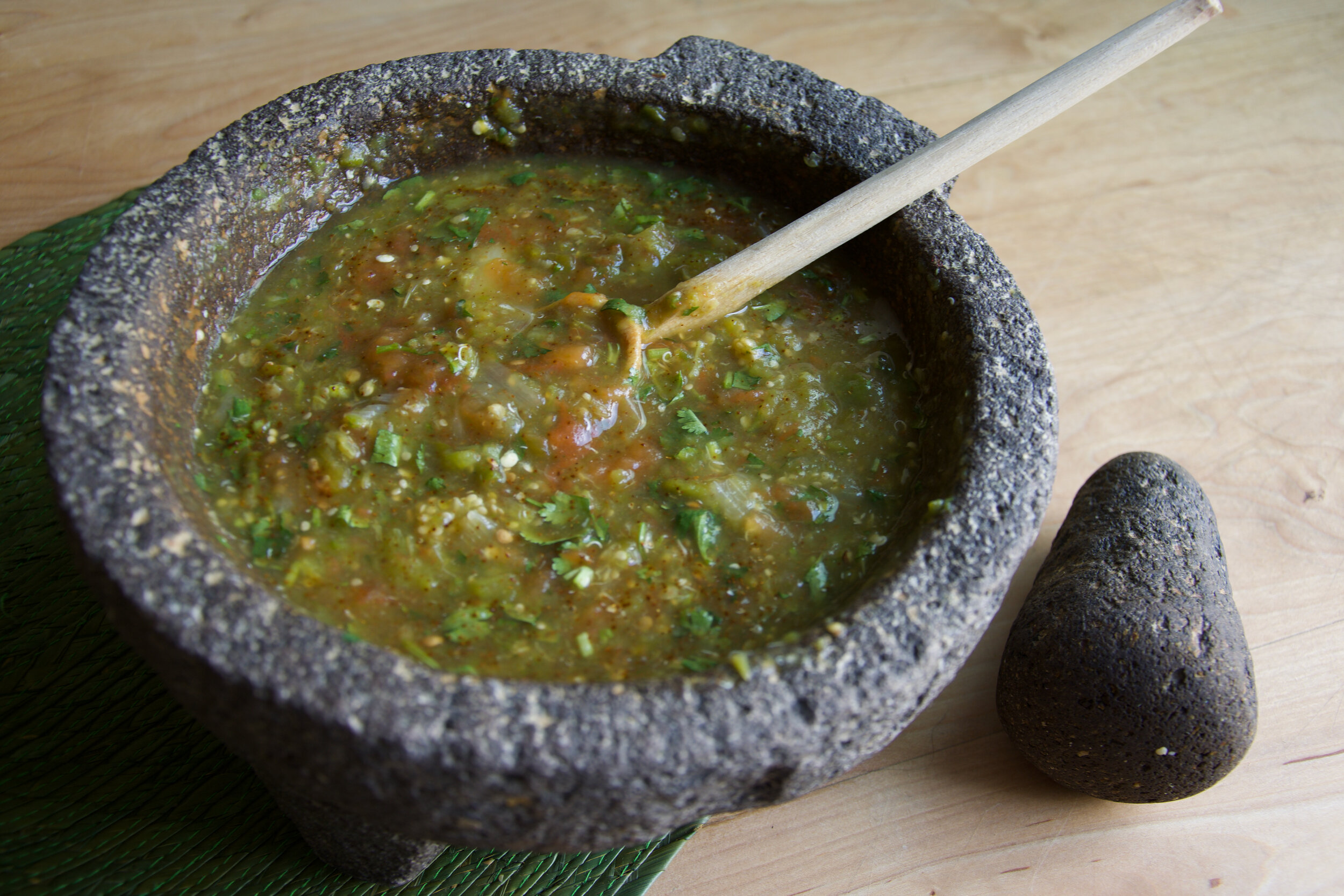Cortadillo is a dish that you will find all over the northern State of Nuevo León. It is a humble dish, but very delicious. When I go home to Monterrey, I like to visit neighboring towns. Day-tripping on a Saturday morning, we ended up in a small town called Sabinas Hidalgo, where we sampled the local gastronomy. The Cortadillo in this town is made with a peculiar ingredient: poblano chile. Everywhere you go, you will find Cortadillo, and everyone makes it slightly different, but finding poblanos in my Cortadillo was a delicious surprise.
What can one say about a dish that is such an integral part of one’s memories? I grew up in a family of 4 kids, and more often than not, we all had friends drop in for lunch after school. My Nana, who was - and still is - a whiz in the kitchen, would make great meals that were perfect for sharing. That is the case of Cortadillo, a pot of this delicious stewed beef, some rice, beans and tortillas, and everyone was happy indeed.
Now, as I sample different versions of the same dish, I can see how a recipe can be part of an individual’s tastes. Each cook takes experiences or traditions and transmits that onto his or her cooking. That is the beauty of food - part tradition, part anthropology, part regional ingredient availability, part creativity and part taste, coming together beautifully.
Yes, I love to travel and experience and taste. I made this recipe based on what I saw in Sabinas Hidalgo, with a touch of what my Nana puts in her recipe. I like to serve my Cortadillo alongside pan-fried oregano potatoes, chiles toreados (look for these recipes here in the blog too) and tortillas. This is my version of an authentic and very satisfying every day Mexican meal that’s good enough for a Sunday!
Cortadillo Norteño
Northern style beef stew
2 Tbsp lard (or vegetable oil)
900g beef top sirloin, cut into 1/2" dice
1 large onion, diced
2 cloves garlic, minced
2 poblano chiles, seeded and chopped
3-4 serrano chiles, stemmed but left whole
6 plum tomatoes, diced
1 tsp kosher salt, or to taste
½ tsp ground black pepper
1 tsp ground cumin
Corn or flour tortillas, to serve
In large saucepan or Dutch oven, heat lard or vegetable oil over high heat. Add meat and cook until browned, about 5 minutes. Add onions, garlic, poblano and Serrano chiles and cook until onion is translucent, about 5 minutes.
Add tomatoes, salt, pepper and cumin and cover the pan while simmering mixture over low heat for 30-40 minutes, making sure it does not dry out. If it does, add a bit of water to maintain a saucy consistency. Taste and adjust seasonings and serve hot with tortillas.
Serves 6.





















